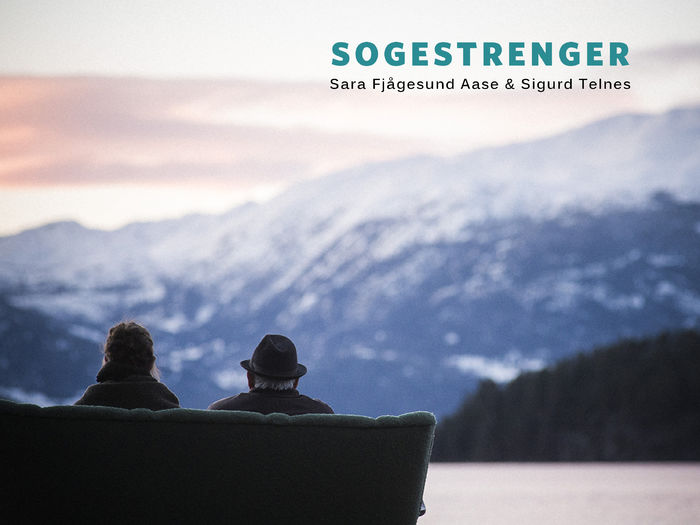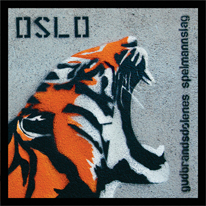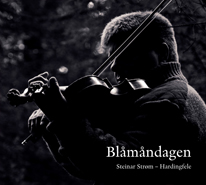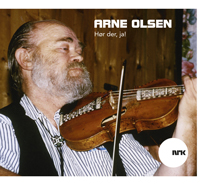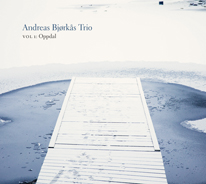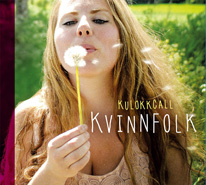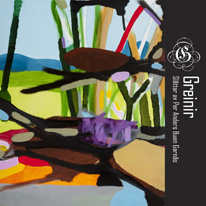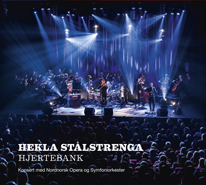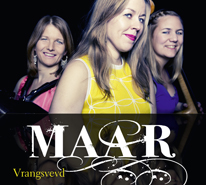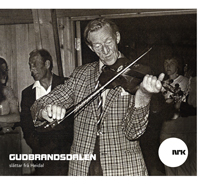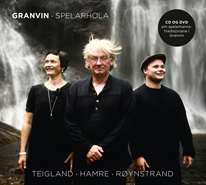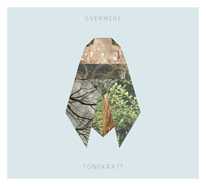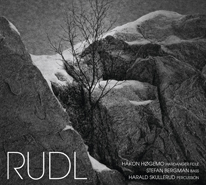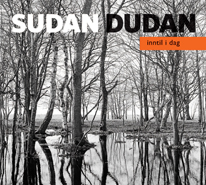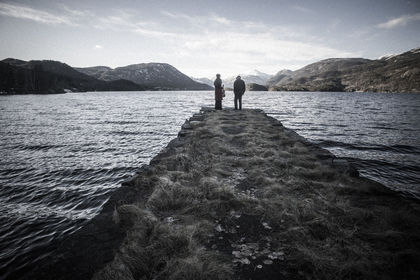 |
| Foto Dag Jensen |
Sigurd Telnes (f. 1925) er kjend som formidlar av sogestoff frå Vest-Telemark. Han er oppvaksen i Seljord, og har heile sitt vaksne liv vore interessert i sogematerialet frå heimstaden. I sitt 90. år er han framleis aktiv med blant anna sogevandringar, små skodespel og kåseri. Han har vore leiar i Seljord kunstforening i ei årrekkje, utgjeve fleire bøker om lokale emne og har vore sentral i Landstadinstituttet og Landstadsenteret. I 1987 fekk han Kongens fortenestemedalje i gull for sitt arbeid innan kulturfeltet.
Sara Fjågesund Aase (f. 1984) er barnebarnet til Sigurd Telnes. Ho er A-klasse-utøvar på hardingfele, og formidlar hardingfelespelet frå Seljord og Vest-Telemark. I 2009 avslutta ho mastergraden sin ved Høgskulen i Telemark. Tittelen på masteroppgåva var «Hun blev i elfven – kvinner i slåttar og slåttesoge».
Bandet mellom slåttespel og forteljar-kunst er sterkt. Det å formidle ein slått handlar i stor grad om å formidle eit tradisjonsstoff, og spelemenn har til alle tider late seg inspirere av soger som er knytte til spesielle hendingar og personar – både til å skape ny musikk, og for å formidle eksisterande slåttar. Slåttemusikken byggjer på stemningar og kjensler, og sogene er i høgste grad med på å forsterke desse. Sogene og tonane har røter i natur og miljø, dei er stadbundne og namnfeste – Gonil Dale blei for alltid fanga i Gagnåsnuten, Kivlemøyan står som støtter i stein høgt oppe i det bratte Kalvejuvet og tonane som strøymde ut av Skardsnuten lever framleis
«Sogestrenger» er eit resultat av den rike forteljar- og speltradisjonen i Seljord. Denne tradisjonen er ikkje lenger levande på same måte som før, då det blei fortalt, kvede og spela i mange stoger når skumrings-timen smaug til tuns. Både soger og slåttar høyrde med i det daglege livet, og blei formidla vidare frå generasjon til generasjon utan å bli festa til papir. Nokre av sogene på denne utgjevinga er ikkje nedskrivne, og eksisterer den dag i dag bare på folkemunne. Me ser det som viktig å synleggjere denne tradisjonen gjennom ei utgjeving som dette. Eit medvete val har difor vore at sogene heller ikkje i tekstheftet er skrivne ned i full form, men bare som korte samandrag. For å få ei kjensle av nærleik er opptaka med Sigurd gjort heime hjå han med ein mobil opp-takar. Ein kan difor høyre at klokka slår og at det sprakar i omnen.
Utgjevinga peikar tilbake til ei tid som ein gong var. Men sogene og slåttane kan utan problem peike inn i framtida, og kan på mange måtar virke som livsvisdom og rettleiing for oss som lever i dag. Dei er med andre ord tidlause, og representerer noko som er attkjenneleg også for menneske i notida. Det er ofte ein bodskap som blir formidla, og denne bodskapen kan vera like aktuell for oss i dag som for menneska som levde før oss. Me håpar utgjevinga vil vera til glede og underhaldning for mange!
/ Sara Fjågesund Aase og Sigurd Telnes
 |
| Foto Dag Jensen |
There is a strong connection between traditional fiddle tunes and storytelling
Story Strings
There is a strong connection between traditional fiddle tunes and storytelling. To perform a tune is also to pass on traditional material; fiddlers have at all times been inspired by stories associated with special events and people – both in terms of creating new music and in the ways in which existing tunes are performed. Traditional fiddle music builds on moods and emotions, and the stories greatly enhance these characteristics. The stories and the tunes have their roots in nature and the environment, and they are connected to places and names – Gonil Dale is forever captured in the Gagnås mountain; the Kivle maidens stand as stone pillars in the steep Kalvejuvet gorge; and the tunes that flowed from the Skardsnuten mountain are still alive.
«Story Strings» is the result of Seljord’s rich storytelling and musical tradition. These traditions are losing their hold on the younger generation. In former days, as soon as the nights got darker, the little cottages around Telemark would be filled with stories, songs and fiddle tunes. Both stories and tunes were natural parts of everyday life, and were passed down from one generation to the next, without being written down. Some of the stories presented here still exist only in their spoken format. A key part of this project has been to highlight the importance of the oral tradition. A conscious choice has therefore been not to write down the stories in their entirety, but instead as short summaries. In the hope of achieving a degree of closeness and authenticity, the recordings of Sigurd were done at his house with a mobile recorder and thus the sound of the clock and the wood fire crackling can be heard in the background.
These tunes and stories hark back to bygone days, but undoubtedly they can also point to the future, and in many ways serve as timeless sources of wisdom and guidance for us living today. They often contain a moral message, which can be just as relevant today as for those who lived before us. We therefore hope they will be a source of entertainment and pleasure for many.
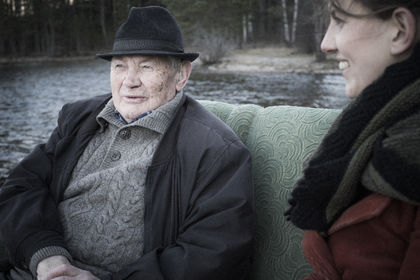 |
| Foto: Dag Jensen |
Sigurd Telnes (b. 1925) is a former head teacher and local storyteller from Seljord in western Telemark. Throughout his life he has been interested in local stories and traditions, and has written several books on art and folklore from the area. He has been the chairman of the Seljord Art Association for many years, and has played a central part in the Landstad Centre. In 1987 he was awarded the King’s Medal of Honour for his efforts within the field of culture. At the age of ninety he is still active arranging historical excursions, writing short plays and giving talks on local history.
Sara Fjågesund Aase (b. 1984) is Sigurd Telnes’s granddaughter. She plays the hardanger fiddle in the national top division, representing the musical tradition from Seljord and western Telemark. In 2009 she finished her MA at Telemark University College with a thesis entitled «Hun blev i elfven – kvinner i slåttar og slåttesoge», which examines the role of women in musical and textual folk traditions from Seljord.


